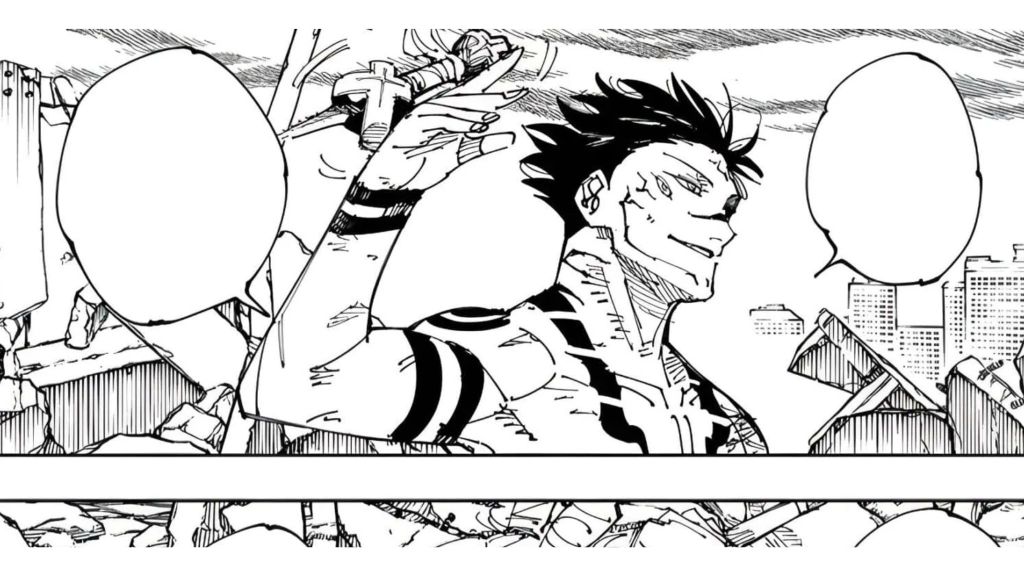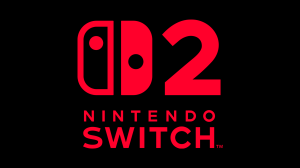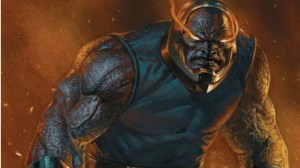Jujutsu Kaisen, acclaimed for its intense action and solid lore, stands out as a unique and distinct manga within the shonen genre. It concluded with just 271 chapters in September of 2024. Due to its relatively short run, the series often feels riddled with plot holes that Gege Akutami never fully addressed. This is especially true when considering events such as the Heian period, which remains largely unexplored. It highlights how the manga could have continued longer, offering even deeper lore. Among the many ambiguous elements Jujutsu Kaisen left behind, Ryomen Sukuna’s descent into villainy is one of the most notable. As the series’ final antagonist, the lack of a detailed backstory for Sukuna feels like an oversight on Gege’s part.
Videos by ComicBook.com
Regardless of the narrative, a compelling villain is usually given a backstory that explains their transformation. Yet, Sukuna is rarely shown in flashbacks. However, it’s not entirely true that the series ignores his descent into darkness. Near the end, more specifically, after Gojo’s demise in his battle against Sukuna, the story begins to reveal subtle context through Sukuna’s own dialogue. By piecing together his statements, it becomes clear why Sukuna turned to villainy. Like many other antagonists, his fall is tragic and poignantly captures the core theme of the series.
[RELATED: Jujutsu Kaisen’s Best Backstory May Have Been a Dream All Along]

Sukuna’s Descent Into Villainy Was Destined From Birth
It is only twice that Jujutsu Kaisen features Sukuna mentioning his childhood, and both instances are crucial in understanding his descent into darkness. Sukuna first mentions his childhood to Hajime Kashimo, the lightning sorcerer, who was curious to know how Sukuna became the strongest. In Chapter 237 of Jujutsu Kaisen, Kashimo asks if Sukuna was born the strongest, and in response, Sukuna reveals that he was an “unwanted child.” This statement carries significant weight, especially when considering its original meaning and the deeper cultural implications in Japanese society. Some attentive fans interpreted Sukuna’s words more closely and suggested that he was referring to himself as a “creepy child.”
In Japanese culture, labeling someone a “creepy child” can imply that they were born disfigured or conjoined. While this could have been something that the fans were probably stretching and over-speculating, it isn’t until 20 chapters later that the series adds more gravity to this notion. In Chapter 257 of Jujutsu Kaisen, in a brief flashback with Uraume, Sukuna reflects on how Itadori Yuji is more than just a vessel to him, offering deeper insight into his nature. Sukuna reveals that he was almost born a twin, but he consumed his sibling in the womb, believing their mother was starving them. In an act of survival, he devoured his other half.

This chilling revelation reinforces the cultural implication of the “creepy child”, someone born deformed or as a conjoined twin, which Sukuna likely was, due to having absorbed his twin in the womb. Thus, from birth, he was likely seen as a “monster,” either by his mother or by society, which may have viewed him as a being who consumed human flesh. The fact that Sukuna has revealed that he has developed a taste for human flesh further highlights how indeed he became the monster that everyone feared him to be. This perfectly reflects Jujutsu Kaisen’s core theme: curses are born from the negative emotions and fears of humanity.
Child Neglect and Lack of Love Are the Main Factors in Sukuna’s Villainy
When Sukuna revealed that the reason he ate his twin was because his mother was starving, it suggests a troubled birth. This implies that Sukuna’s mother likely did not want children and that starving herself was her way of rejecting them. As a result, Sukuna, who was likely born disfigured or conjoined, may have been further neglected due to his condition. It’s a miracle that Sukuna survived childhood at all, but it is easy to interpret that he never experienced parental love. Tragically, this lack of affection likely led him to become philophobic. This idea is reinforced in the final chapter of the series, where Sukuna explains to Mahito why he chose the path of villainy.

Sukuna reveals that in life, he was presented with two choices: one with Yorozu, who was determined to teach him romantic love, and the other with Uraume, whom he viewed as a child and connected with through a form of parental love. Despite these options, Sukuna still chose to walk the path of evil, driven by his fear of being consumed by his own curse: his aversion to love. These elements highlight that Sukuna’s descent into villainy was, at its core, deeply tragic. Like many great villains, his story is rooted in pain and loss. Had Jujutsu Kaisen taken the time to fully explore this aspect of his backstory, more fans would likely have understood his actions, and, more importantly, it would have better conveyed the moral Gege Akutami intended to express through the manga.
Jujutsu Kaisen manga is available to read on Viz Media and Manga Plus.








